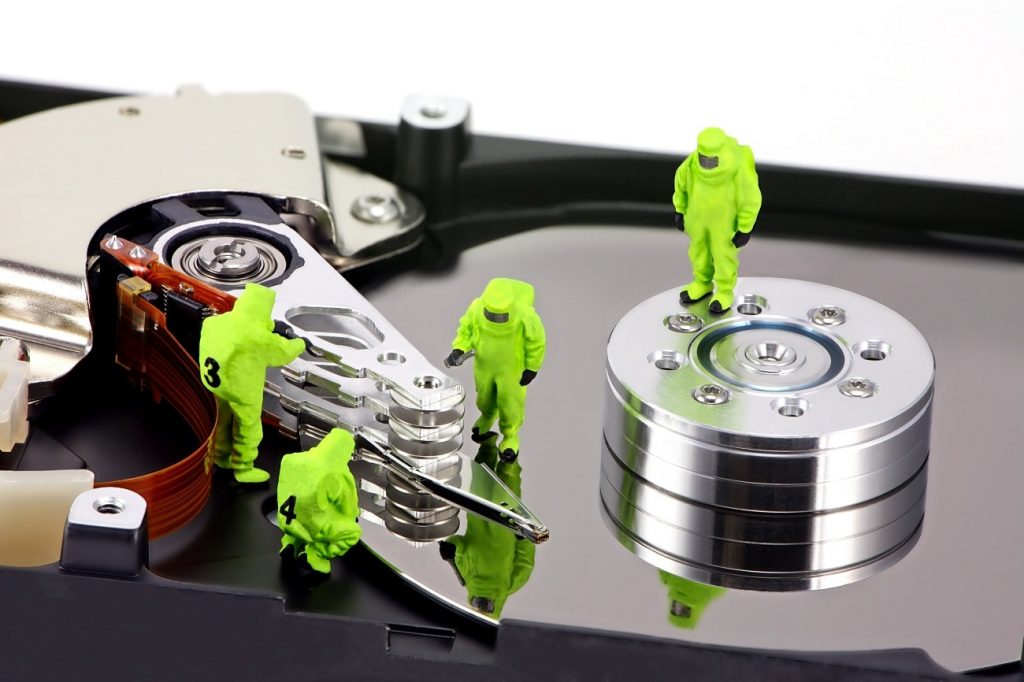There are two general types of problems that can damage a hard drive: problems with the drive plate or failure of other internal hard drive components. If the problem lies within the hard drive, see Step 3. If the suspicion lies with the drive plate, there is still hope for a possible Data Recovery Services.
The simplest thing that can happen to a board is burnout of the voltage regulator, the so-called TVS diode. As stated in the FAQ section of the Seagate hard drive manufacturer’s website, the TVS diode “is designed for surge protection in integrated and hybrid circuits and electronic components.” In the event of an overvoltage, such a diode burns out. Since the diode no longer works, the drive does not turn on. If you remove the diode, the hard drive will work normally again, only in unprotected mode. It remains only to copy the necessary Data Recovery Services from it to another repairable disk, and consider that you are lucky.
In our case, the hard drive has lost its performance for other reasons. There are no visible signs of damage to the board, but after disassembly, a burnt contact was found.
There are two options: you can either replace the board or buy a hard drive from a donor. But here it is very important that the Data Recovery Services donor disk is as similar as possible to the original configuration hard disk, or better yet, exactly the same. In our case, this means that we need to find the drive board that matches our hard drive number, board version, and drive family.

It should be understood that replacing the hard drive board will almost certainly not fix the hard drive. Each driver has unique parameters for a specific device. If the parameters of your Wikipedia hard drive differ from those of the donor drive, then it will not work.
In our case, it was decided to replace the board itself, which was purchased separately. After that, the 12 beeps were removed. But nothing else. There was no sound signal, the disk did not work, it was spinning, but it was not recognized in the BIOS.

